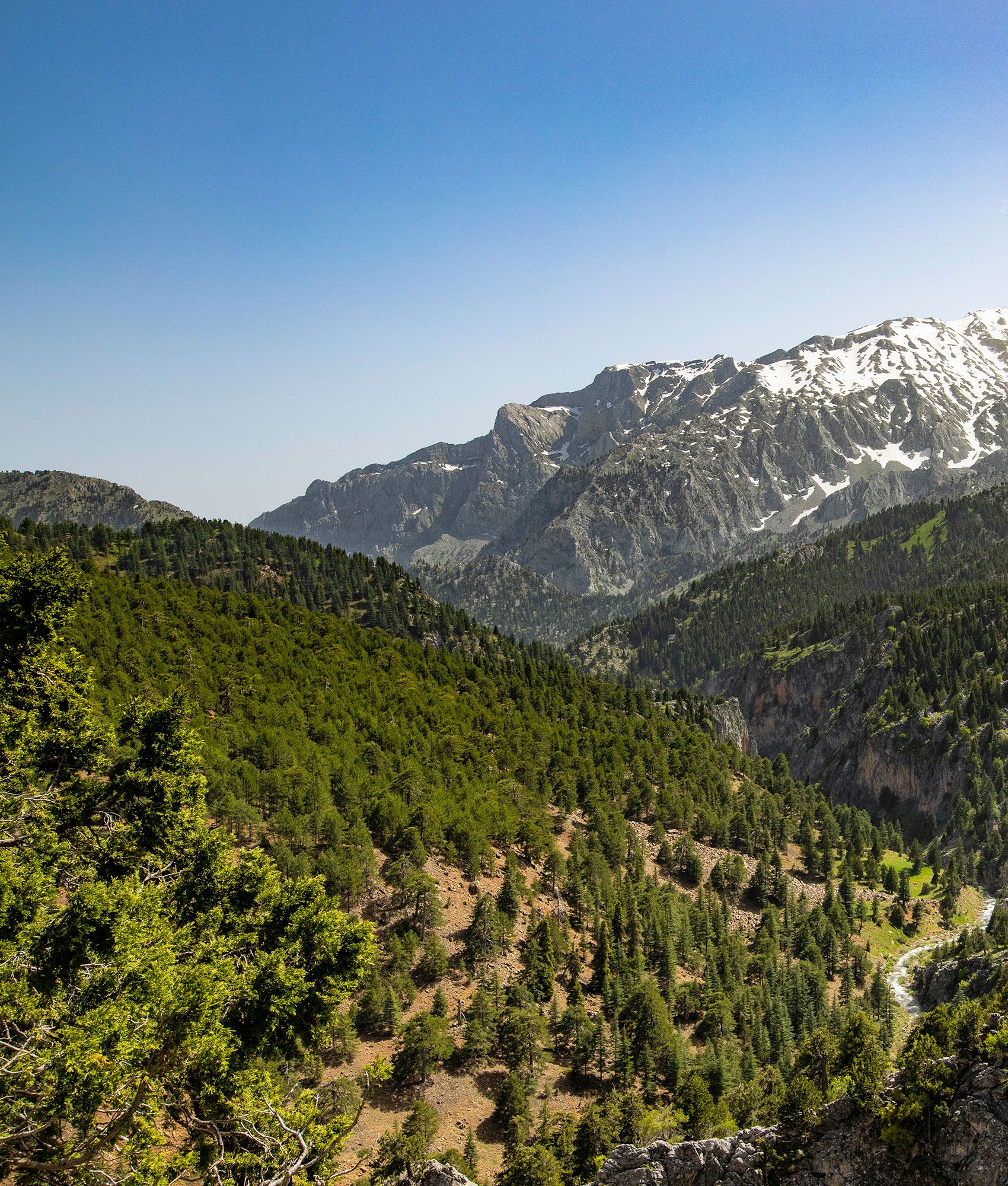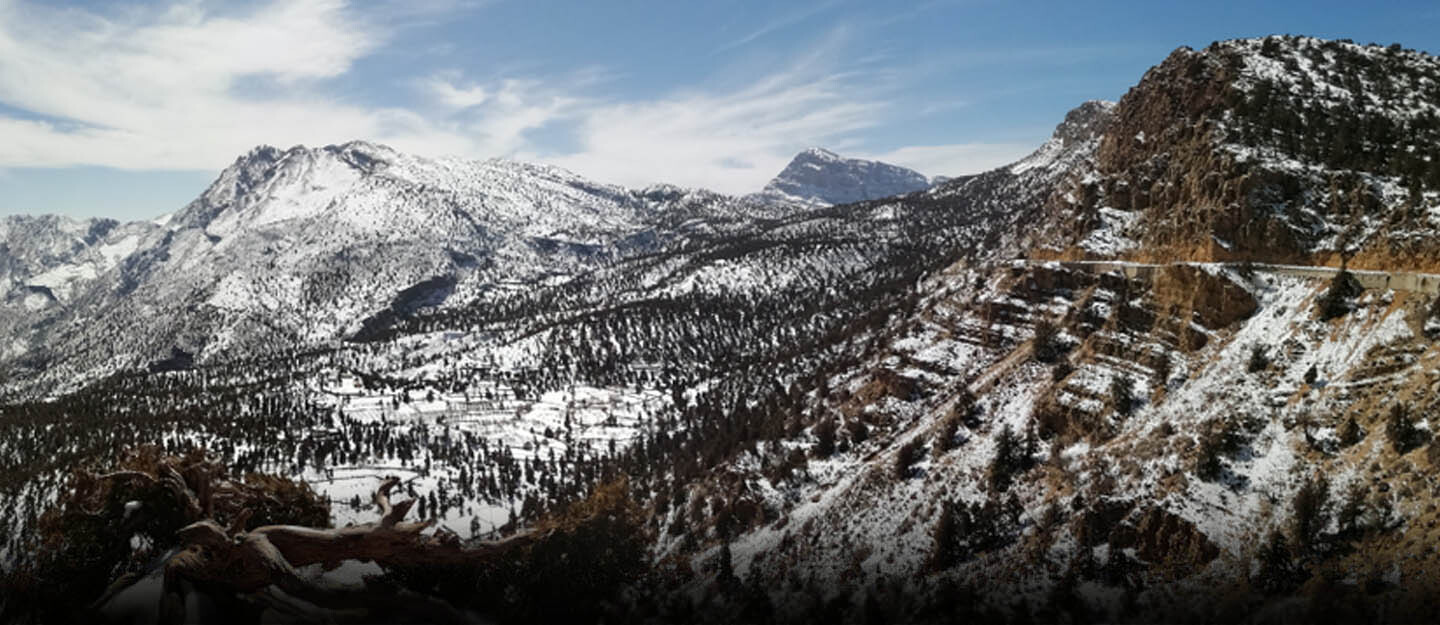Forests are vital ecosystems that support biodiversity, regulate the environment, and provide cultural and economic value to nations. Among Pakistan’s natural wonders, the Juniper Forest in Ziarat is recognized as the oldest forest of Pakistan. Its historical significance, environmental importance, and breathtaking beauty make it a unique treasure for the country.
However, Pakistan is home to several other ancient forests that contribute to its ecological diversity. This article delves into the details of the Juniper Forest in Ziarat, followed by a list of other remarkable forests in Pakistan, their significance, and the challenges they face.
The Oldest Forest in Pakistan: Juniper Forest in Ziarat
The Juniper Forest in Ziarat is located in the Ziarat District of Balochistan. Spanning over 110,000 hectares, it is one of the largest and oldest juniper forests in the world. Some trees in this forest are estimated to be over 5,000 years old, earning them the title of "living fossils."

Key Features of Juniper Forest in Ziarat
-
Historical Importance:
-
The forest is an ecological relic, preserving a record of climatic conditions over millennia.
-
Recognized as a UNESCO Biosphere Reserve for its unique ecosystem.
-
-
Biodiversity:
-
Home to rare and endangered species, including the Balochistan black bear and the chukar partridge.
-
Contains medicinal plants with immense therapeutic value.
-
-
Cultural Significance:
-
Locally revered by communities as a sacred natural resource.
-
Integral to the cultural identity of the region.
-
-
Economic Importance:
-
Supports eco-tourism and livelihoods through sustainable harvesting of juniper berries and medicinal plants.
-
The Juniper Forest in Ziarat is a remarkable natural heritage, symbolizing Pakistan's ecological richness and resilience. As the oldest forest of Pakistan, it plays a crucial role in maintaining the environmental balance, supporting biodiversity, and contributing to the nation’s cultural identity.
Protecting this forest and others like it requires collective efforts, including sustainable practices, awareness campaigns, and strong government policies. By valuing and preserving these ancient ecosystems, Pakistan can ensure a healthier and more sustainable future for generations to come.
List of Top Oldest Forests in Pakistan
While the Juniper Forest in Ziarat is the oldest, Pakistan boasts several other ancient forests. Below is a list of some notable forests in the country:
1. Deodar Forest in Swat
-
Location: Swat Valley, Khyber Pakhtunkhwa
-
Significance:
-
Known for its dense population of deodar trees (Cedrus deodara), considered sacred in many cultures.
-
Supports biodiversity, including snow leopards and brown bears.
-
2. Sheesam Forest in Changa Manga
-
Location: Punjab
-
Significance:
-
One of the largest man-made forests in the world, established in the 19th century.
-
Contains valuable timber species like Sheesham and eucalyptus.
-
3. Himalayan Forests in Azad Jammu & Kashmir
-
Location: Muzaffarabad, Neelum Valley
-
Significance:
-
Rich in biodiversity, with species like pine, oak, and cedar trees.
-
Provides critical watershed services for the region.
-
4. Mangrove Forests in Sindh
-
Location: Indus Delta, Karachi, and Thatta
-
Significance:
-
The largest arid-zone mangrove forest in the world.
-
Protects coastal areas from erosion and supports marine biodiversity.
-
5. Chilghoza Forests in Kohistan
-
Location: Khyber Pakhtunkhwa
-
Significance:
-
Produces pine nuts, a valuable export product.
-
Essential for local livelihoods and regional biodiversity.
-
Why Are These Forests Important?
Forests in Pakistan serve as critical ecological and economic assets. They provide the following benefits:
-
Environmental Role:
-
Forests like the Juniper Forest in Ziarat act as carbon sinks, helping mitigate climate change.
-
Prevent soil erosion and support water conservation.
-
-
Biodiversity Conservation:
-
Forests are habitats for rare and endangered species, ensuring ecological balance.
-
-
Economic Contributions:
-
Support industries like tourism, timber, and agriculture.
-
Provide non-timber products like honey, medicinal plants, and pine nuts.
-
-
Cultural Value:
-
Many forests hold religious or cultural significance for local communities.
-
Threats to Pakistan's Forests
Despite their importance, Pakistan's forests face numerous threats, including:
1. Deforestation
-
Unsustainable logging and land conversion for agriculture are major concerns.
2. Climate Change
-
Rising temperatures and changing rainfall patterns disrupt forest ecosystems.
3. Overgrazing
-
Livestock grazing leads to soil degradation and loss of vegetation cover.
4. Human Encroachment
-
Urbanization and infrastructure development encroach on forest lands.
Efforts to Protect Pakistan’s Forests
-
Afforestation Projects:
-
The Billion Tree Tsunami Project in Khyber Pakhtunkhwa aims to restore degraded forest lands.
-
-
Protected Areas:
-
Several forests, including the Juniper Forest in Ziarat, are declared protected areas.
-
-
Community Engagement:
-
Local communities are involved in sustainable practices to reduce deforestation.
-
-
International Support:
-
Global organizations like WWF and UNEP provide funding and expertise for conservation efforts.
-
Interesting Facts About the Oldest Forest in Pakistan
-
Global Recognition: The Juniper Forest in Ziarat is a UNESCO Biosphere Reserve.
-
Unique Growth Pattern: Juniper trees grow extremely slowly, making them long-lived but vulnerable to overexploitation.
-
Medicinal Value: The berries and leaves of juniper trees have therapeutic properties and are used in traditional medicine.

FAQs
1. Where is the oldest forest in Pakistan located?
The oldest forest in Pakistan, the Juniper Forest, is located in Ziarat District, Balochistan.
2. How old are the juniper trees in Ziarat?
Some trees in the Juniper Forest in Ziarat are estimated to be over 5,000 years old.
3. Why is the Juniper Forest important?
The forest is vital for its environmental, cultural, and economic significance. It supports biodiversity, regulates the climate, and provides resources for local communities.
4. What are the threats to Pakistan's forests?
Major threats include deforestation, climate change, overgrazing, and human encroachment.
5. What steps are being taken to protect the Juniper Forest?
Government initiatives, community engagement, and international support are helping conserve this ancient forest.





.gif)








.gif)







Sign in
to continue to ilmkidunya.com